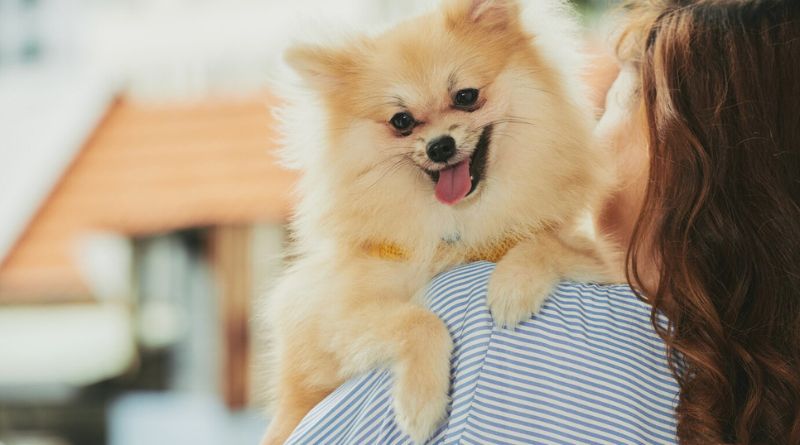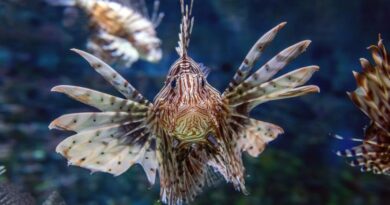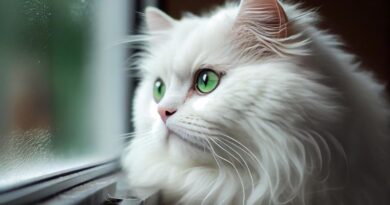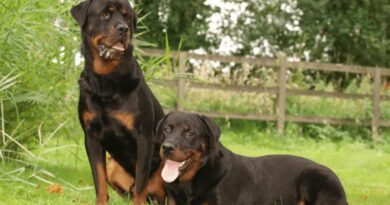Welcome to our comprehensive guide on Spitz dog breeds! Known for their distinctive features, Spitz dogs encompass a diverse group, from the fluffy and fox-like Pomeranian to the majestic and resilient Siberian Husky. These breeds share common traits like pointed ears, bushy tails, and a vibrant personality that captures the hearts of dog enthusiasts worldwide.
In this article, we delve into the fascinating world of Spitz breeds, exploring their history, temperament, care tips, and much more. Whether you’re considering adding a Spitz pup to your family or simply curious about these captivating breeds, this guide aims to provide valuable insights to help you understand and appreciate these delightful canine companions.
Spitz Dog Breeds
Pomeranian
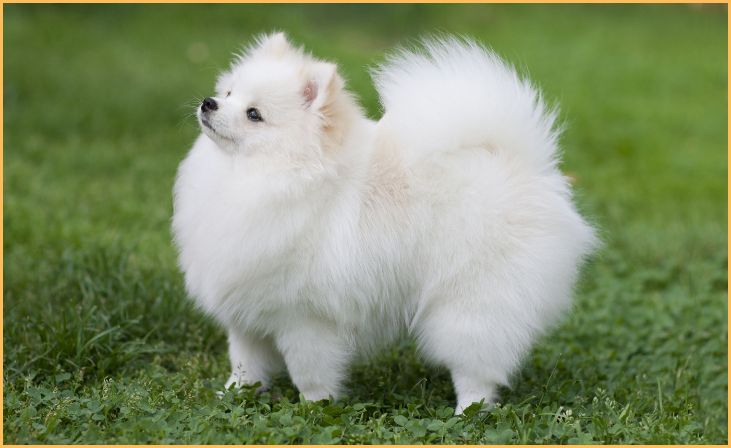
The Pomeranian, a breed named after Pomerania in Central Europe, is a tiny yet charismatic dog with a big personality. Despite their small size, these fluffy companions are bursting with energy and intelligence. With their distinctive fox-like faces and luxurious double coats, they steal hearts effortlessly. Pomeranians are playful, alert, and social creatures, forming strong bonds with their human families.
Their spunky nature often belies their courage, making them excellent watchdogs. However, their size makes them better suited for indoor living, thriving in cozy homes filled with love and attention. Their vibrant personalities and affectionate demeanor make them perfect companions for both individuals and families, proving that dynamite indeed comes in small packages.
Siberian Husky
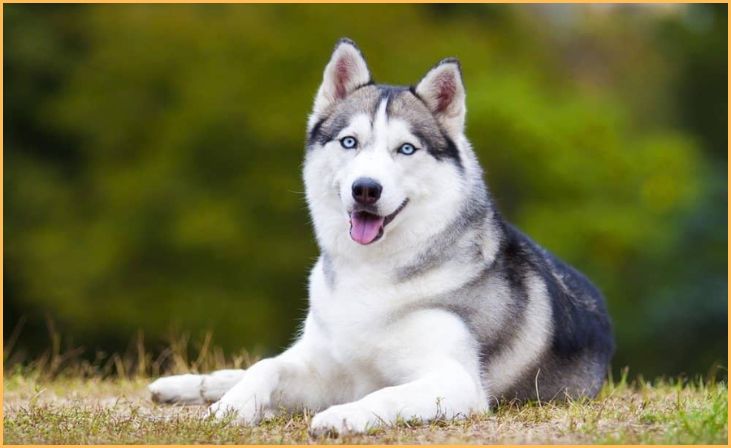
The majestic Siberian Husky is a stunning breed renowned for its striking appearance and unwavering loyalty. Originating from Siberia, these dogs boast a thick double coat, piercing eyes, and distinctive markings. Huskies are highly energetic and thrive on physical activity, excelling in tasks like sledding and mushing due to their endurance and strength.
Their friendly and outgoing nature makes them great family pets, displaying affection and devotion to their human pack. However, their independent streak and intelligence require consistent training and mental stimulation. Huskies cherish companionship and thrive in active households that provide both physical and mental challenges. Their remarkable beauty coupled with their loving and adventurous spirit makes them beloved companions for those who appreciate their unique blend of strength and charm.
Finnish Spitz
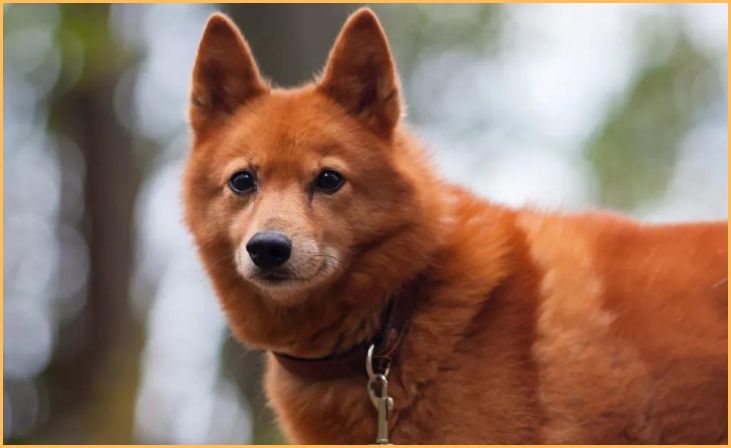
The Finnish Spitz, Finland’s national dog, is a lively and vocal breed known for its fox-like appearance and distinctive red-gold coat. These dogs are natural-born hunters with a keen sense of sight and smell. Their pointed ears and expressive almond-shaped eyes give them an alert and intelligent look.
Finnish Spitz dogs are incredibly vocal, using a wide range of barks, yodels, and howls to communicate, especially when they’ve spotted game during hunting. Despite their hunting prowess, they are affectionate and friendly with their families, displaying a playful and curious demeanor.
Their lively and independent nature requires mental stimulation and physical exercise, making them best suited for active households. With their unique appearance and spirited personality, Finnish Spitz dogs are cherished companions for those who appreciate their hunting instincts and loving companionship.
Also Read : 10 Cutest Dog Breeds to Keep as Pets
Akita
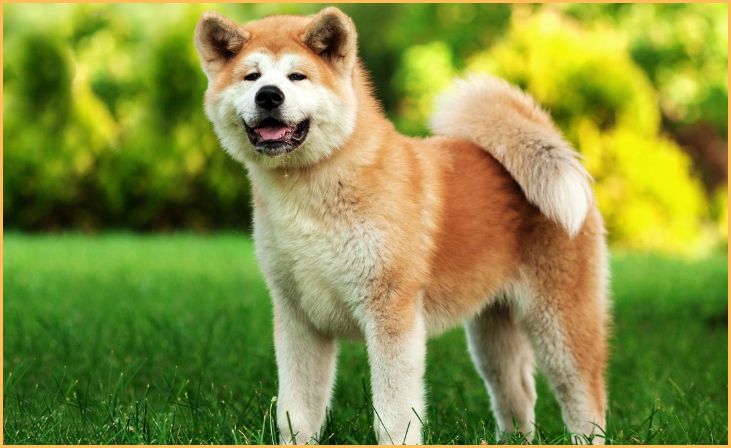
The Akita, originating from Japan, is a powerful and dignified breed known for its loyalty and strong protective instincts. With a robust build and a plush double coat, they exude strength and resilience. Akitas possess a calm and composed demeanor, showcasing remarkable loyalty and devotion to their families.
Their strong-willed nature demands consistent training and early socialization to ensure proper behavior. While affectionate with their loved ones, they can be reserved around strangers, displaying a natural guarding instinct. Akitas require ample exercise and mental stimulation to thrive, making them suitable for experienced owners who understand their needs.
Their regal bearing, unwavering loyalty, and profound sense of devotion make Akitas revered companions for those seeking a steadfast and majestic canine companion.
Chow Chow
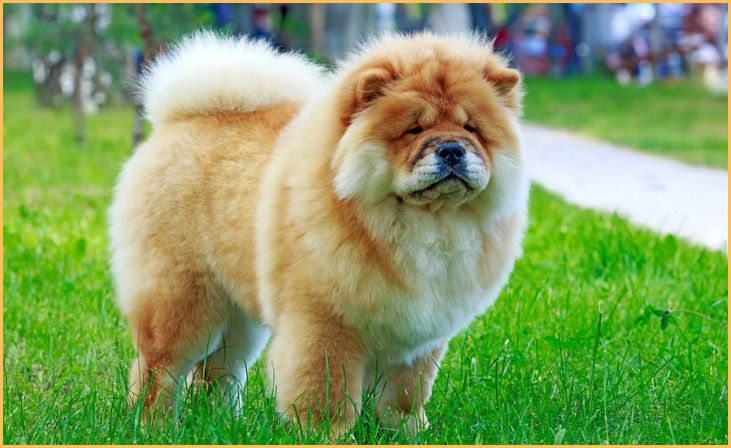
The Chow Chow, hailing from China, is a distinctive breed known for its lion-like mane and unique blue-black tongue. With a sturdy build and a dense double coat, they exhibit an air of regality and grace. Chows are independent and aloof, often displaying a dignified demeanor.
They form strong bonds with their families but can be reserved around strangers, showcasing their protective instincts. Training and socialization from an early age are crucial due to their strong-willed nature. While not overly demonstrative, Chows are loyal and devoted companions to those they trust.
Their low exercise needs and tendency for cleanliness make them well-suited for apartment living. With their ancient lineage, distinctive appearance, and loyal nature, Chows enchant admirers seeking a majestic and steadfast companion.
Keeshond
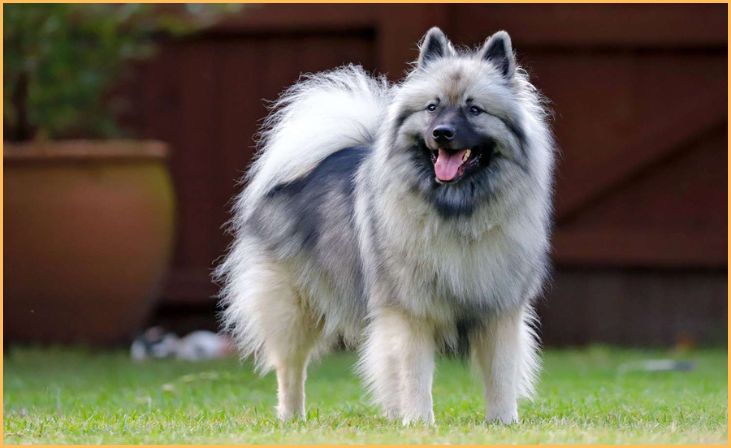
The Keeshond, a breed originating from the Netherlands, is an affectionate and lively companion known for its luxurious “spectacles” around the eyes and distinctive “fox-like” expression. Sporting a plush double coat that forms a magnificent mane, they exude a charming and friendly aura. Keeshonden thrive on companionship, making them excellent family dogs that adore being in the midst of household activities.
Their alertness and intelligence contribute to their adaptability and trainability, though they have a stubborn streak at times. They possess a natural tendency to bark, making them excellent watchdogs. Their moderate exercise needs and adaptable nature make them suitable for various living situations, from apartments to larger homes. Keeshonden’s cheerful and devoted personalities, coupled with their striking appearance, make them cherished companions for those seeking a loyal and amiable furry friend.
Alaskan Malamute

The Alaskan Malamute, a powerful and majestic breed originating from Alaska, is renowned for its strength, endurance, and unwavering loyalty. With a robust build and a thick, insulating double coat, they excel in cold climates and demanding tasks. Malamutes possess a friendly and affectionate nature, displaying a gentle temperament around their families.
Their independent streak and intelligence require consistent training and mental stimulation. Bred for sledding and hauling, they have a strong work ethic and thrive in active environments. Their deep howls and vocalizations convey their emotions and add to their charm.
While they enjoy human companionship, they maintain a touch of independence. Alaskan Malamutes make devoted companions for experienced owners willing to provide the physical exercise and mental challenges they need to thrive, embracing their loyalty and enduring spirit.
Shiba Inu
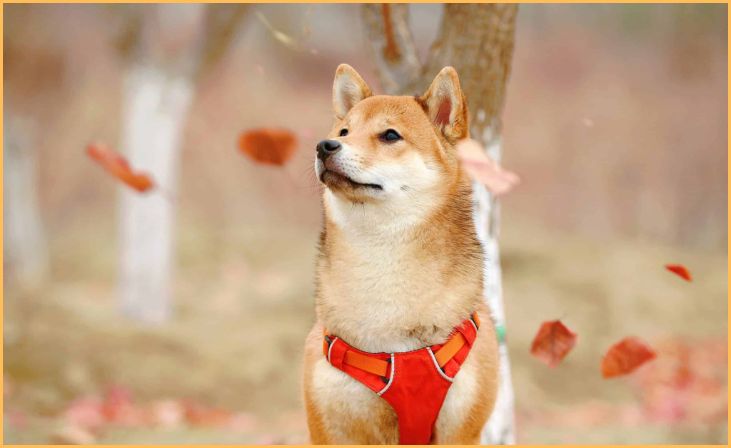
The Shiba Inu, Japan’s smallest native breed, is a spirited and charming companion known for its fox-like appearance and bold personality. With a striking coat, curled tail, and expressive eyes, they exude an air of confidence and independence.
Shibas are intelligent and curious, often displaying a mischievous streak. Their strong-willed nature requires consistent training and early socialization to channel their spirited energy positively. Despite their small size, they possess a big personality and a vocal nature, often described as “cat-like” for their cleanliness and tendency to groom themselves. Shibas form strong bonds with their families but can be reserved around strangers.
Their moderate exercise needs and adaptable nature make them suitable for various living environments. Shibas’ captivating charm and spirited demeanor make them beloved companions for those seeking an intelligent and lively furry friend.
Icelandic Sheepdog
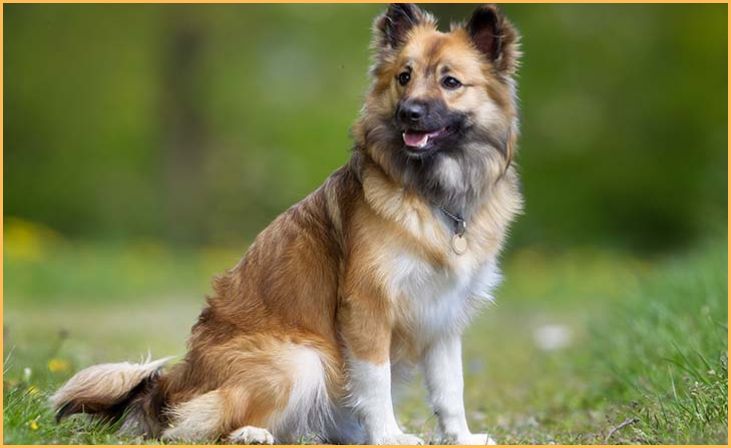
The Icelandic Sheepdog, a native breed of Iceland, is a cheerful and hardworking companion known for its friendly demeanor and agility. With a weather-resistant double coat and expressive face adorned with prick ears, they embody both charm and resilience. Icelandic Sheepdogs are versatile herders, adept at working with livestock while maintaining a playful and affectionate nature with their families.
Their intelligence and eagerness to please make them highly trainable, excelling in various dog sports and activities. They possess a vigilant yet gentle disposition, making them excellent watchdogs without being overly aggressive. Their moderate exercise needs and adaptable nature suit both rural and urban environments, though they thrive best in active households that appreciate their devotion and enthusiasm for both work and play.
Icelandic Sheepdogs are cherished companions for those seeking a lively and devoted furry friend.
Also Read: 4 Types of Setter Dog Breeds
Tips On Choosing the Right Spitz Breed
1. Consider Your Lifestyle
When choosing a Spitz breed, think about your daily routine and activities. Some Spitz dogs, like the Siberian Husky, thrive with lots of exercise and outdoor time. If you lead an active lifestyle and enjoy outdoor adventures, a more energetic Spitz breed might be a great fit. However, if you prefer a quieter, indoor-focused routine, a breed like the Pomeranian, which can adapt well to apartment living, might be more suitable.
2. Grooming Commitment
Different Spitz breeds have varying grooming needs. For instance, the Chow Chow’s thick fur demands regular brushing to prevent mats, while a Finnish Spitz might require less maintenance due to its shorter coat. Consider how much time and effort you can dedicate to grooming. If you prefer a low-maintenance grooming routine, opt for a breed with shorter or less dense fur.
3. Size and Living Space
The size of your living space is crucial when selecting a Spitz breed. Larger breeds like the Alaskan Malamute or Akita may require more room to move around and might not be suitable for small apartments. Conversely, smaller Spitz breeds like the Pomeranian or Finnish Spitz can adapt well to compact living spaces and may be more manageable in smaller homes.
4. Temperament Match
Each Spitz breed has its unique temperament. Some, like the Akita, are known for their loyalty and protective nature, while others, such as the Keeshond, are highly sociable and friendly. Consider your personality and what traits you desire in a dog companion. Matching your temperament with the breed’s characteristics can lead to a more harmonious relationship.
5. Training Needs
Spitz breeds are generally intelligent but can have independent streaks. Some, like the Siberian Husky, might need consistent and patient training due to their strong-willed nature. Others, such as the eager-to-please Keeshond, might respond well to positive reinforcement training methods. Consider your experience and willingness to invest time in training when selecting a Spitz breed.
Conclusion
In conclusion, the world of Spitz dog breeds is as diverse as it is captivating. From their unique appearance to their intelligent and lively personalities, these breeds offer a rewarding companionship for those willing to understand their needs and quirks. Whether you’re drawn to the compact size of the Japanese Spitz or the endurance of the Alaskan Malamute, each Spitz breed brings its own charm and traits to the table.
Remember, responsible ownership, early training, and ample love and care are essential to nurturing a happy and healthy relationship with your Spitz furry friend. Embrace the joy they bring into your life, and may this guide serve as a helpful resource on your journey into the world of Spitz dog breeds.
FAQs
Spitz breeds are characterized by their wolf-like appearance, which includes pointed ears, thick double coats, and curled tails carried over the back. They’re often alert, intelligent, and possess a strong-willed nature.
Yes, many Spitz breeds, like the Samoyed and the American Eskimo Dog, are known for their affectionate and friendly disposition, making them excellent companions for families with children. However, supervision and early socialization are crucial.
Spitz dogs are energetic and require regular exercise to keep them mentally and physically stimulated. Aim for at least 30-60 minutes of daily activity, which can include walks, playtime, or engaging in canine sports.

